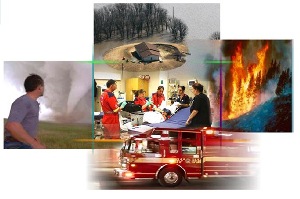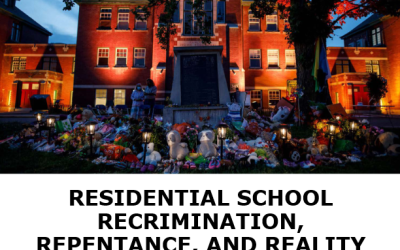Executive Summary
 • Following a natural disaster, the road to recovery presents considerable communication and co-ordination challenges.
• Following a natural disaster, the road to recovery presents considerable communication and co-ordination challenges.
• Though the traditional conception of disaster aid emphasizes the role of government, large, public, centralized initiatives have repeatedly proven ineffective.
• The reason these centralized initiatives fail is not unique to the particular agency or crisis. It is inherent in the bureaucratic structure of the organizations. It is symptomatic of larger communication and co-ordination issues.
• Supporting and propagating decentralized, community-based disaster preparedness is essential for ensuring successful recovery. At its root, rebuilding is an individual enterprise.
Over the past few months, we have witnessed enormous destruction in the wake of natural disasters. According to the Geneva-based Internal Displacement Monitoring Centre, around 42-million people were displaced worldwide by natural disasters in 2010.1 Tornados, famines, tsunamis, fires and earthquakes are a fixture of the evening news, devastating communities and inspiring donations and volunteerism from onlookers. Every natural disaster draws a predictable reaction: there is compassion for those affected; there are stories of heroism from those stirred to act; and there is criticism of government responses.
Government bureaucracies are personnel- and resource-rich heavyweights, but the nature of their decision-making process makes it difficult for them to act effectively. Though centralized disaster recovery efforts are well-meaning, rebuilding is by nature an individual enterprise. Churches, neighbourhood associations and small companies have the advantage of specialized knowledge acquired through day-to- day operation and the immeasurable motivation of their own self-preservation.
Although we cannot control natural disasters, we can control our responses by preparing for known risks and by increasing our understanding of past crises.2 Communication, low-level leadership and a renewed emphasis from government and media on the importance of bottom-up rebuilding are crucial in facilitating disaster recovery. Disaster relief is most successful when government and non-governmental organizations (NGOs) communicate with one another and act in a way that does not impede the grassroots efforts that are often the most effective first responders.
View as PDF (13 pages)


